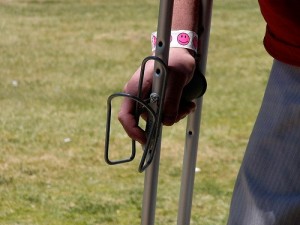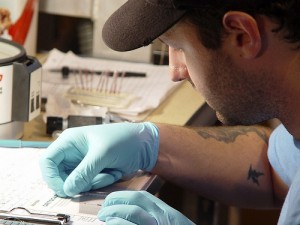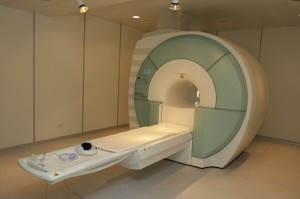Arthritis treatment can only be given if the signs of arthritis are properly diagnosed and effectively confirmed.
This is because there are over 100 different types of arthritis and as a result, even though you may have the significant signs of arthritis, testing and diagnostic measures may take some time to pinpoint the type of arthritis that you are suffering from. Arthritis treatment can then be provided accordingly, taking into consideration

Diagnostic Tests for Arthritis Treatment
It’s time to see a doctor if you have persistent pain, stiffness and swelling in a joint for more than two weeks. The doctor may put you through the following diagnostic steps.
Diagnostic Test for Arthritis Treatment #1 – Physical Examination
Taking up a physical examination and going through the patient’s medical history can help, as this will bring to the fore previously unknown aspects and related conditions that can cause arthritis.

Diagnostic Test for Arthritis Treatment #2 – Lab Tests
Lab tests including the rheumatoid factor test, enthrocyte sedimentation rate, C-reactive protein, anti-cyclic citrullinated Peptide Antibody Test (anti-CCP), HLA tissue typing, and uric acid tests are performed in order to detect arthritis.
The signs of rheumatoid arthritis can be diagnosed from the rheumatoid factor test. This is an antibody that is present in 80% of adults who have rheumatoid arthritis. Anti-CCP is also used to confirm the diagnosis in patients with signs of rheumatoid arthritis. If these tests are positive, then the doctor is likely to talk to you about treatments for rheumatoid arthritis.
Diagnostic Test for Arthritis Treatment #3 – Biopsies
Biopsies and joint fluid analysis are also often used to diagnose arthritis. This is normally done for systemic rheumatic diseases. Biopsies give valuable information based on which a doctor can make his diagnosis. The joint fluid analysis is a good indicator of the health of a joint.

Diagnostic Test for Arthritis Treatment #4 – Medical Imaging
Medical imaging is useful to diagnose arthritis. The doctor can order either X-rays or Magnetic Resonance Imaging (MRI). While X-rays will show abnormalities in the bones and joints, damage to the cartilages and ligaments do not show up. The MRI is a much more accurate diagnostic tool and provides doctors with information on small changes in bones, joints and soft tissues.
Differences Between Rheumatoid Arthritis and Osteoarthritis
- Osteoarthritis is often the result of aging and results from the breakdown of the joint cartilage. Osteoarthritis symptoms include pain in the joint after repeated activity. The patient suffers from morning stiffness and the joint pain becomes worse as the day progresses.
- Rheumatoid arthritis, on the other hand, is classified as an auto-immune disease and is a chronic condition. The symptoms include joint pain, stiffness, swelling and redness. Though a lot of research has been done, the cause of rheumatoid arthritis has not yet been pinpointed.
- As far as diagnosis is concerned, doctors often use joint fluid removal and analysis in order to differentiate between rheumatoid arthritis and osteoarthritis. For a patient with osteoarthritis symptoms, a doctor may still order various blood tests in order to rule out other conditions especially rheumatoid arthritis.
Difficulties Involved in Arthritis Diagnosis
Diagnosis may take some time, because the symptoms may overlap with that of other diseases. For example rheumatoid arthritis symptoms may often seem to be very similar to that of gout or fibromyalgia. It may also resemble symptoms that are caused by infections that lead to joint infections. In fact, the average time between the first appearance of rheumatoid arthritis and its diagnosis is as long as nine months – indicating the difficulties involved.
Once the diagnosis is established, it is best to discuss arthritis treatment options with your physician.